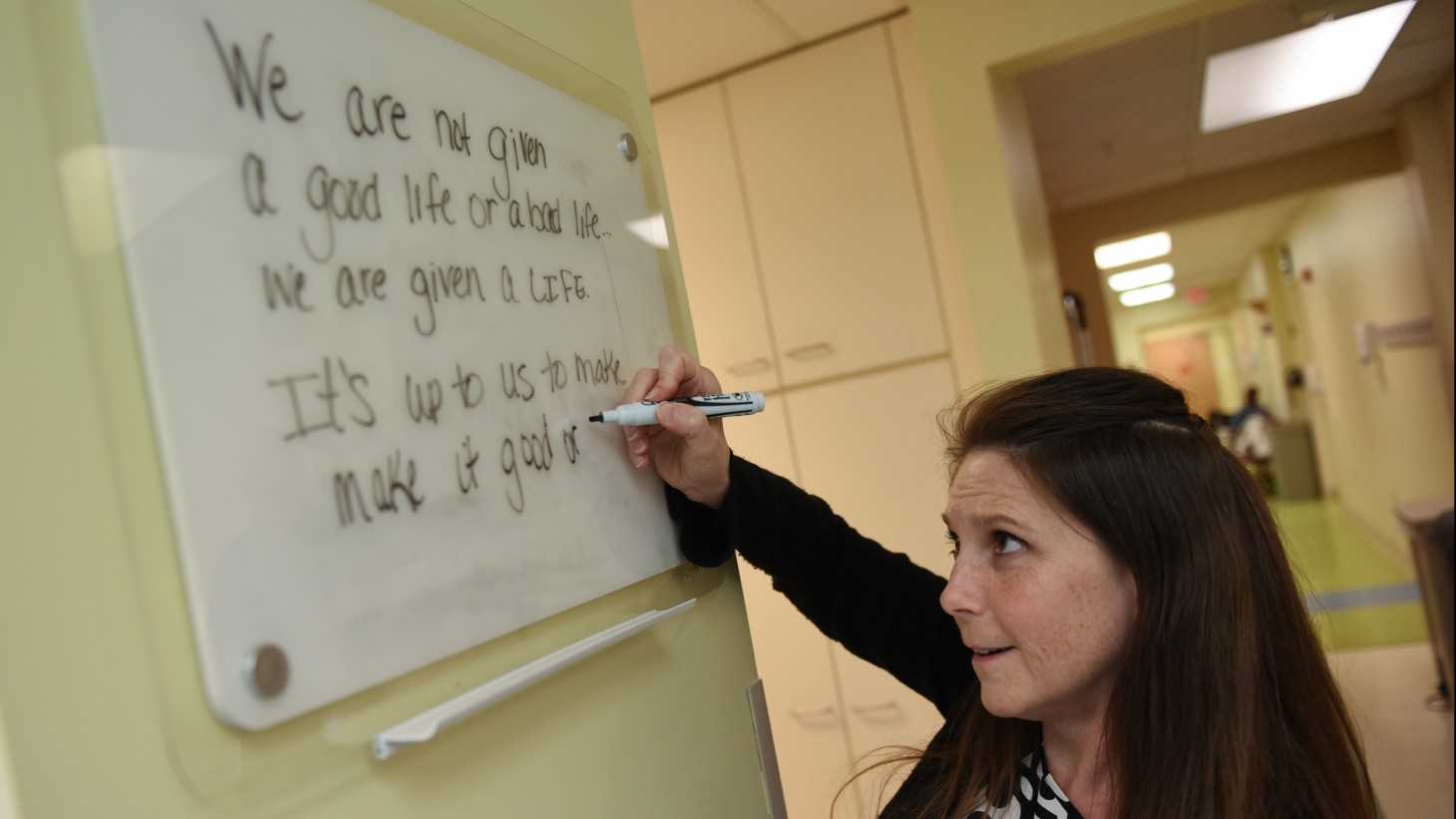Hank Summer 2016
See the whole issueMeet Your National Agreement: Spreading the Word

How do you get everyone on your team to know they’re on a UBT? Talk to them!
I’m in a UBT, you’re in a UBT, we’re all in a UBT! Hooray! Let’s start our performance improvement project, collect our data and make a PowerPoint presentation to explain our results.
…Whoa. Not so fast. Unit-based teams were launched as part of the 2005 National Agreement, but we all still hear stories about frontline union members, managers and physicians who don’t realize they’re on a UBT. This is a big deal. When people don’t know they’re on a UBT, they’re missing out on an opportunity to take part in improving service and quality for our members and patients.
That’s why negotiators hammering out the 2015 National Agreement added a requirement: In order for a UBT to move up to Level 3, it has to have “a communications structure to reach all members of the department” in place.
Over time, this will help everyone in the department realize they’re part of the UBT—and will lay to rest the myth that “the UBT” is a small group of people who lock themselves in a meeting room, drink coffee and eat doughnuts and solve problems for everyone else. Your team needs you contributing ideas; our members and patients need you.

To help his UBT, Marc White, a registered nurse and labor co-lead at Sunnyside Medical Center in the Northwest region, started an email newsletter. Talk about a communications challenge! His team is the float pool for all the medical-surgical units at the hospital. So members don’t even work together on a regular basis. Because they dip into other departments, they need to know about the goals and performance improvement projects going on in the six units they support.
From the slew of emails that fly back and forth, White picks out the key information about those departments that the nurses need to know. His management co-lead, Beth Parmenter, is all for it. “Every unit could benefit from a newsletter,” she says.
White, a member of OFNHP/ONA, has ambitious plans. Going forward, he says, “I want it to be colorful, put it in sections—maybe have our own little website.”
But White is the first to say perfection isn’t the goal: An email with three “need to know” items will do.
